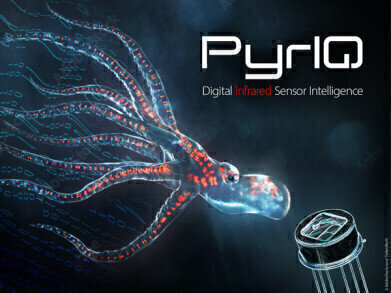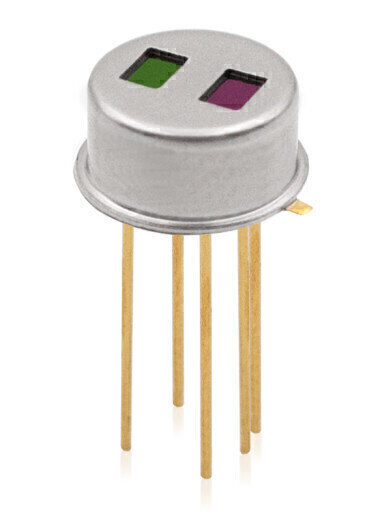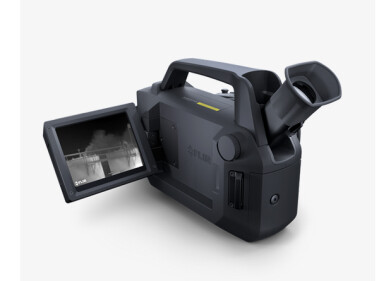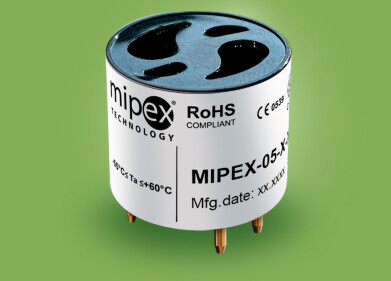Gas Detection
LID-2322 – InfraTec’s New Digital Detector Two channels with digital interface – for easy integration and precise measurements
May 10 2022
Analogue pyroelectric detectors from InfraTec have been used in a number of different customer applications for over 30 years. These have now been joined by a new range of digital pyroelectric detectors called PyrIQ. Alongside the 4-channel detector, InfraTec has also developed the LID-2322: a compensated 2-channel detector in the TO39 housing which is primarily intended for gas analysis devices.
Compact Design – Versatile Applications
The two-channel LID-2322 is ideal for mobile devices thanks to its small and compact housing and can also run on batteries. It is suitable for use in different applications, e.g. harsh environments, as the optional thermal compensation reduces the effect of external fluctuations. The integrated I²C communication interface with up to 1 MHz enables the measured values to be read out immediately via a PC or microcontroller in a reliable, standardised manner. Apart from the power supply connections, only two additional connections are required for operation of the detector to allow it to be parameterised and read out. This keeps the external hardware requirements to a minimum and makes it much easier to integrate the detector into the application. Using the additional clock input makes it possible to synchronise the radiator and the detector clock, allowing highly precise signal evaluation with a stable frequency.
Special Features of the Digital Detector
Like all detectors from InfraTec, the digital detector is based on lithium tantalate (LiTaO3) as sensor material. In contrast to other materials, LiTaO3 offers a good signal-to-noise ratio and high sensitivity without additional cooling or temperature stabilisation. All of the internal signal processing is carried out by an ASIC (application-specific integrated circuit). The signal generated by the pyroelectric elements is amplified in this circuit and then digitised with a
16-bit A/D converter. In contrast to analogue detectors, this allows the detector parameters to be flexibly configured in order to optimise the signal processing. The spatial concentration and shielding of the entire signal conversion of the detector offer improved electromagnetic compatibility (EMC). Another special feature is the “fast recovery after saturation” function. This function detects the override due to a defective operating status or external override and automatically resets the analogue input stage within a few milliseconds. This significantly reduces the time it takes for a measuring system to be ready for use again after starting or after temperature changes.
All in all, the LID-2322 offers excellent flexibility and functionality combined with easy system integration in the standard TO39 housing.
Digital Edition
IET 34.2 March 2024
April 2024
Gas Detection - Biogas batch fermentation system for laboratory use with automatic gas analysis in real time Water/Wastewater - Upcycling sensors for sustainable nature management - Prist...
View all digital editions
Events
May 03 2024 Seoul, South Korea
May 05 2024 Seville, Spain
May 06 2024 Minneapolis, MN, USA
May 13 2024 Munich, Germany
May 15 2024 Lund, Sweden



















